

Clarity Outreach provides exciting new tools to facilitate outreach, engagement, and other location-related activities. Outreach is a fully integrated map-based module of Clarity Human Services, offering communities the opportunity to capture and reflect individual and encampment location data. Many communities lack a centralized and shared resource to track encampment and service delivery data, leading to disjointed efforts to end unsheltered homelessness. Outreach can take your community’s outreach initiatives to the next level by providing powerful new tools.
This Outreach Toolkit provides information and materials to help your community successfully adopt Clarity Outreach. The toolkit includes five sections:
This toolkit contains a lot of information! Need a summary? Our Outreach Checklist contains an overview of this toolkit to help you check off steps along the way and keep track of where you’re at in the process.
Let’s get started!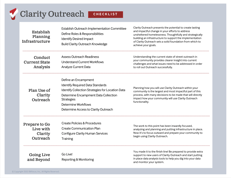
We’re here to make using Outreach as easy as possible. So how about a simple checklist to keep track of the process?
DOWNLOAD CHECKLISTClarity Outreach will create lasting and impactful change in your efforts to address unsheltered homelessness. Thoughtfully and strategically building an infrastructure to support the implementation of Clarity Outreach sets a solid foundation for achieving your goals.

S T E P 1
Before proceeding with the work of implementing Clarity Outreach, it is important to establish a strong implementation infrastructure to help prepare the community and manage the rollout. Bitfocus recommends creating an Outreach Implementation Committee that includes a mix of stakeholders and community leadership. When planning participants, it is important to consider the anticipated level of involvement, interest, and influence each stakeholder will maintain within the project. Assess the landscape to identify stakeholders who are aligned with impact goals and spend time reviewing any potential conflict or varying degrees of cooperation each stakeholder may bring.
|
STAKEHOLDER |
VALUE PROVIDED |
| CoC Representatives | Ensure outreach services are well integrated into the homelessness response system and are aligned with the community’s coordinated efforts. |
| HMIS System Administrators | Understand HMIS software and Clarity Outreach module and can provide insight into potential workflows and data collection |
| Individuals with Lived Experience | Provide critical insight into the experience of being homeless, receiving services, living in encampments, and more |
| Outreach Providers | Experience providing outreach services, and understanding of day-to-day workflows and challenges |
| Funders | Knowledge of funding opportunities, limitations, and restrictions |
|
Local Government
|
Entities that often interact with encampments and people experiencing homelessness. They could already have outreach and engagement processes in place that can provide insight into services, and coordinate with new efforts |

S T E P 2
Once you have created your implementation committee, the next step is to define clear roles and responsibilities. Before the project begins, identify the staffing and support your community will need for rollout. These individuals will support the remaining steps in the rollout process.
|
ROLE |
RESPONSIBILITY |
| Project Management | Coordinates all parts of project rollout, and communicates with the project team to ensure that timelines and responsibilities are clear and that all milestones are met |
| System Configuration | Configures Clarity Human Services to meet the needs of the outreach project |
| Communication | Plans and completes communication to service providers and the community at large to apprise them of timelines, processes and process changes, milestones, and other key information |
| Training Content Development | Develops content used to train service providers and other impacted staff which may include slide decks, job aids, workflow diagrams, and other materials |
| Training Facilitation | Conducts training for service providers and other impacted staff |
| Report Development | Creates and analyzes data metrics related to system monitoring and system outcomes |

S T E P 3
Clarity Outreach is a flexible tool designed to meet the needs of a variety of outreach projects. Whether your community wants to build and formalize an outreach network or to compliment current outreach efforts, part of your plan should be identifying your desired impact. Put these impact goals in writing to serve as a touchpoint during your planning process. Ask yourself questions like:
As you identify your desired impact, seek input from a wide range of stakeholders and be flexible and receptive to input. Formulating clear and specific goals will help your team envision success and formulate your discussion points for the next stages of preparation.
Here are some of the goals we helped communities achieve using Clarity Outreach:

S T E P 4
Begin building knowledge of Clarity Outreach tools and features as soon as possible, and among as many team members as possible. Understanding the software functionality will inform decisions about how to build workflows, track data, and ensure that outreach work is fully integrated in your HMIS.
We can provide a thorough overview, give you insight into how other communities are using Clarity Outreach, and answer questions you may have about specifics for your community.
Start with the following articles from our Outreach for End Users section and branch out from there.
Once Clarity Outreach has been enabled in your live and training sites, you are free to start exploring the functionality. Use the Help Center articles above to help you set up and manage encampments, add people to encampments, and explore the map. We strongly recommend conducting this exploration only within your training instance of Clarity. Exploring in your live instance can result in unintended changes to your live site configuration and data.

S T E P 1
We have developed a readiness assessment to help you explore your community’s readiness to engage in revising your current unsheltered outreach efforts. This assessment asks questions about:
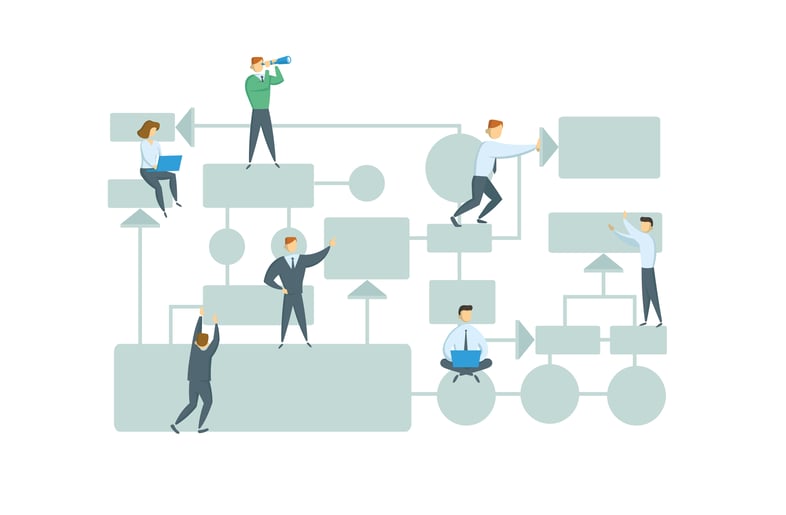
S T E P 2
Understanding current workflows for street outreach programs in your community allows you to identify current processes, what works well, and what could be improved. This information is critical to understanding how Clarity Outreach can support current workflows and provide the least disruption to outreach staff during the revision and implementation process.
When mapping workflows, we recommend identifying the following at a minimum:

S T E P 3
When preparing for changes to your outreach processes, it is important to evaluate current utilization data and data quality. We encourage communities to develop plans to address existing utilization gaps and data quality issues before assigning new responsibilities.
Ask questions such as:
Clarity data analysis tools can help provide insight into current data within your HMIS. You can build queries or dashboards to help your community gain access to their outreach data and make plans based on what your data reveals.
Some potential measures to consider:
After defining your goals, analyzing your current data, and identifying issues that should be addressed in your plan (or addressed prior to your plan starting), you are ready to begin planning how your community will use Clarity Outreach. Keep in mind that the ways you use Clarity and the data you collect will determine what you can later report. As you review this section be thoughtful about the stories you want your data to tell.

S T E P 1
Creating a clear definition of what does and does not constitute an encampment is critical to the success of your Outreach module. Having a common understanding within your community and especially within your street outreach programs ensures consistent representation of unsheltered living situations on your map. When assigning encampment teams and creating service plans for ongoing service delivery and monitoring groups may be unintentionally excluded from the level of services needed if encampment definitions are unclear.
What types of living situations should be represented as an encampment? Do single unsheltered individuals qualify as an encampment? Do encampments include groups of individuals residing in vehicles and RVs or should they be represented as unsheltered individuals with a vehicle address type? These are just a few factors to consider when drafting your encampment criteria.
Consider in which cases the following living situations should be considered encampments:
It can also be useful to consider existing encampment definitions created by HUD, USICH, and other entities. Review our sample of some existing encampment definitions to get a sense of some of the definitions out there.
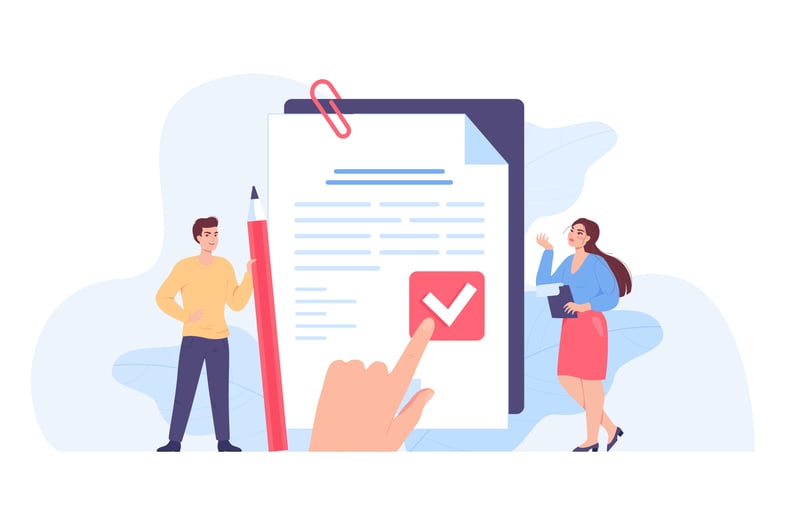
S T E P 2
Different data standards apply to different types of programs and will vary depending on funder requirements and community needs, so it is important to understand what requirements apply to your outreach programs.
We recommend using HUD’s Interactive HMIS Data Standards Tool to learn more about data requirements for outreach programs funded by HUD or other federal partners:
It is also important to understand how your street outreach programs interact with your coordinated entry system. Depending on the setup in your community, your street outreach programs may be required to collect additional data elements, such as HUD Coordinated Entry Assessments, and HUD Coordinated Entry Events.

S T E P 3
Clarity Outreach offers numerous methods for providers to collect location data and you can specify which types of location data are reflected on the map. Clarity’s geolocation fields can be customized and added to any Clarity screen, and data collection can also occur through the Location tab and service transactions. Learn more through our Help Center:
It is important to think strategically about how location data is collected and what type and level of information should be reflected on the map. Use these guiding questions to set your community strategies:
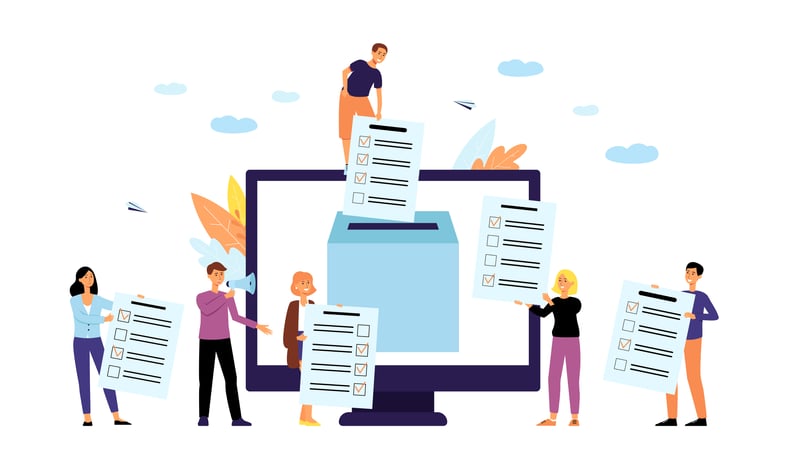
S T E P 4
Encampment screens can be customized to meet your community's needs while offering all standard Clarity screen- and field-related functionality. When considering what encampment data you’d like to capture, think about your goals for collecting this data and what will help you achieve them.
For example:
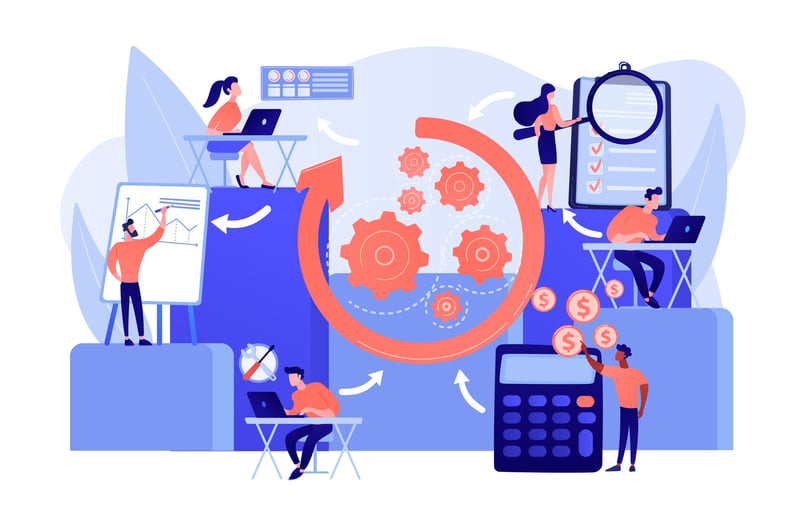
S T E P 5
Once data collection strategies and requirements have been identified it is time to determine workflows within Clarity.
Using the workflow data you collected during your current state analysis note the points where staff interact with Clarity and determine where desired data collection fits within current processes (for example, adding questions to an enrollment screen or a geolocation field to services) and where new processes will need to be introduced (for example, entering encampment data). Determine desired points for data collection and interaction with Clarity and work with outreach staff to determine feasibility. Outreach staff feedback is critical to this step.
We have highlighted several decisions to be made in our Workflow Decision Points document.

S T E P 6
Based on the workflows identified above, your community policies around data and client privacy, and your current access roles in Clarity, you will want to identify access roles for all staff who will be engaging with Clarity Outreach. Our Access Role Planner walks you through each available access right so that you can ensure nothing is overlooked.

S T E P 1
Introducing a new project, process, or tool often requires policies and procedures to either be amended or created. There are several reasons it is important to follow through with updating or creating policies and procedures:
When creating policies around outreach and encampment work, you may want to update policies around:
You may want to create new policies around:
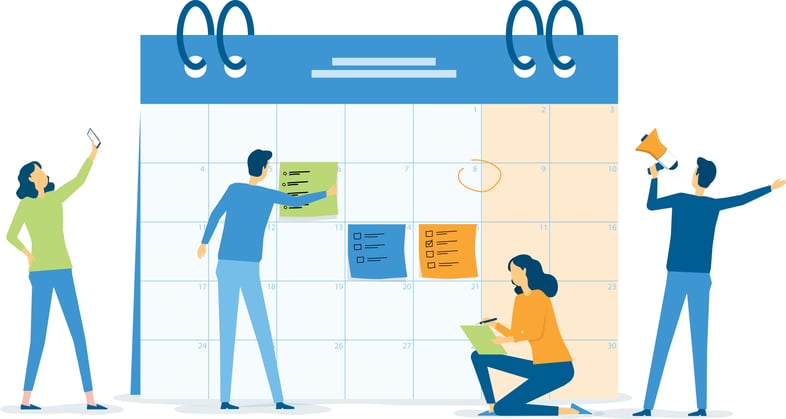
S T E P 2
Communication is key to a successful rollout of Clarity Outreach. When creating a communication plan first consider all of the stakeholders who need information about the impending changes. It may be helpful to review the stakeholders you identified in Step 1 and Step 2 of the Establish Planning Infrastructure section of this kit.
Once you’ve determined who should receive communications about this transition you should identify what communications will meet the needs of each stakeholder group. Here are a few examples:
All stakeholders:
HMIS governance committee:
Outreach staff
Finally, plan your communication schedule. We recommend scheduling your first communication approximately two months before you go live with additional communication scheduled weekly.

S T E P 3
Now it is time to take all of the decisions you have made and build them out in Clarity!
Refer to the knowledge you built in Step 4 of Establish Planning Infrastructure and the decisions you made in the Plan Use of Clarity Outreach section to determine your configuration plan.
When configuring Clarity, we recommend a couple of best practices:
1. Document your configuration so you can refer back to it later in case there are questions about decisions or issues to investigate. Create a document that includes:
S T E P 4
Training community providers can require a significant amount of time and attention but well-trained users are critical to the successful use of Clarity Outreach.
Ideally, user training should occur during the week before go-live and no earlier than two weeks before go-live. This ensures that staff can put their new knowledge into practice quickly, reducing the opportunity for information loss. However, unless staff are trained and immediately begin using the new system, there will always be some information loss. This is why it’s important to provide additional support.
During your training process, we recommend a few best practices:
Once you go live with Clarity Outreach, plan a refresher training for 3-4 weeks after go-live. This allows you to reinforce details that users may overlook and check in with users about where they need additional support. This is also a great opportunity to share initial data to help reinforce the value of this new process and note any data quality issues you have noticed.
Regular refresher training can serve to both support existing users as they become more comfortable with the new processes, and as a way to train new staff coming on board with outreach programs.

S T E P 1
It’s finally here! All of your hard work and thoughtful preparation have paid off, and your community is ready to start using Clarity Outreach. Be sure to express appreciation to everyone who has helped you and your community get to this point.
But don’t stop now; the work is not quite done. The first few days after go-live are when users are likely to need the most support, and they will also appreciate the opportunity to share their thoughts and feedback, and express their feelings about this change. Consider implementing one or more of the following to provide support:
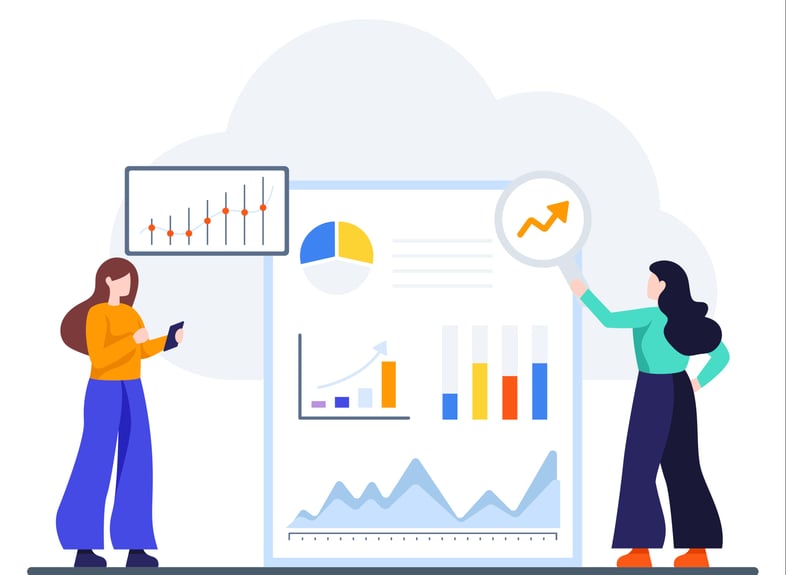
S T E P 2
Now that you are collecting all of this new data, it is time to put it to use! Clarity Human Services provides robust data analysis tools that you can use to dig into your outreach data. There are many possible uses for your data, so start thinking about the stories you want to tell.
We recommend four areas of focus:
1. System monitoring - compile data to confirm that the system is configured correctly and that users are using it correctly. You may want to look at:Note: What you can report will depend on your data collection strategies. When considering what stories you want or need your data to tell, review the strategies you identified in Steps 2-5 of Plan Use of Clarity Outreach to make sure that you are collecting the data you need at the points you need it.
We hope that this toolkit has helped you think through the steps for implementing Clarity Outreach in your community. Your rollout process may look different based on your community’s needs, resources, and goals, but hopefully, this toolkit inspired you to consider a wider range of factors when making your plans.
Feeling overwhelmed?
Interested in Clarity Outreach but don’t have the capacity or resources to take this on? We would love to help! Bitfocus Professional Services has helped communities across the country implement Clarity Outreach, and we’d love to help you too! Here’s a sample of how we can support you:
Please reach out to let us know how we can best support you in reaching your goals!
|
For your convenience, we’ve gathered all of the tools and resources from each section of the Outreach Toolkit into an index.
Outreach Access Role Planner ↗
Sample Outreach Communications Plan ↗
Outreach Configuration Guide ↗
Outreach Workflow Decision Points ↗
Outreach Readiness Assessment ↗